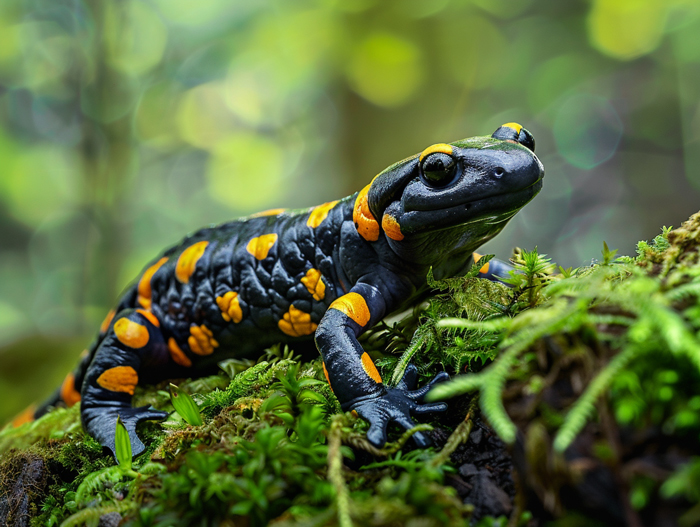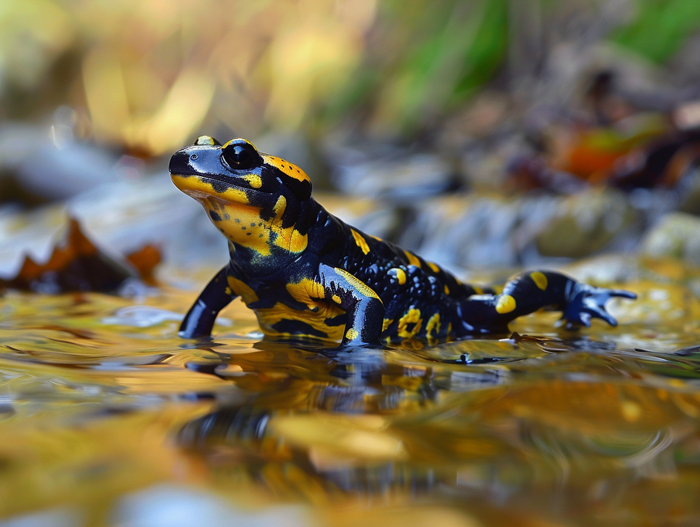Are you curious about how often salamanders eat? These fascinating creatures have unique feeding habits that vary depending on their species and environment. Understanding their eating patterns can provide valuable insights into their behavior and overall health. In this text, we’ll investigate into the world of salamanders and explore how frequently they need to eat to thrive in their natural habitats.
Salamanders are opportunistic feeders, seizing the chance to consume prey whenever it’s available. Their diet typically consists of small insects, worms, and even smaller salamanders. By examining their feeding frequency, we can gain a deeper understanding of their role in the ecosystem and how they adapt to different conditions. Join us as we uncover the secrets of these elusive amphibians and shed light on their feeding habits.
Key Takeaways
- Salamanders are opportunistic feeders, consuming small insects, worms, and even smaller salamanders.
- Factors affecting salamander feeding frequency include temperature, humidity, age, species, and health.
- Feeding frequency increases in spring and summer due to warmer temperatures and higher insect activity.
- Salamanders have diverse prey preferences, feeding behaviors, and frequencies crucial for their survival and ecosystem balance.
- Nutritional balance with proteins, fats, vitamins, and minerals is essential for salamander health, while overfeeding can lead to obesity and health issues.
- Understanding salamander feeding habits and requirements is vital for maintaining their health and ecological balance.
Factors Affecting Salamander Feeding Frequency

Environmental Factors
- Temperature: Warmer temperatures increase salamander activity and feeding.
- Humidity: High humidity levels are vital for salamanders to maintain hydration, affecting their feeding patterns.
- Habitat: Availability of shelter and water sources directly impact where and when salamanders feed.
Biological Factors
- Age: Young salamanders typically require more frequent feeding than adults due to their growing bodies.
- Species: Different salamander species have varied feeding habits and dietary requirements.
- Health: Illness or injury can alter a salamander’s feeding behavior and frequency.
- Spring: Salamanders often increase feeding in spring as temperatures rise.
- Summer: Greater insect activity in summer provides more food for salamanders, influencing their feeding frequency.
- Winter: Reduced activity and hibernation during winter lead to decreased feeding among salamanders.
Explore how these factors intricately interplay to regulate the feeding frequency of these intriguing amphibians.
Diet of Salamanders
Salamanders have diverse prey preferences, feeding behaviors, and feeding frequencies that play a crucial role in their survival and ecosystem balance.

Prey Preferences
- Salamanders are opportunistic feeders.
- They consume insects, worms, crustaceans, and small fish.
- Some species may also eat plants or other salamanders.
Feeding Behavior
- Salamanders are generally nocturnal, hunting during the night.
- Using their keen sense of smell and tongues, they locate and catch prey.
- Engagement in ambush predation is common, where salamanders lie in wait for prey to come within reach before striking.
- Salamander feeding frequency varies based on factors like temperature, prey availability, and metabolic rate.
- They may feed daily or every few days, with some able to go weeks without food.
Understanding the Diet of Salamanders sheds light on their ecological role and the delicate balance of predator-prey relationships in their habitats.
Impact of Feeding Frequency on Salamander Health

Nutritional Requirements
- Maintaining a balanced diet is crucial for salamander health and well-being.
- Proteins, fats, vitamins, and minerals are essential nutrients salamanders need to thrive.
- Insects, worms, and small fish provide these vital nutrients in their diet.
- Overfeeding can lead to obesity in salamanders, affecting their mobility and overall health.
- Excessive consumption can disrupt the metabolic balance, causing digestive issues.
- Monitoring feeding amounts is key to preventing overfeeding and ensuring the salamander’s health.
Understanding the nutritional requirements and risks of overfeeding in salamanders is crucial to maintaining their health and balance in their natural habitats.
Conclusion
Maintaining a balanced diet for salamanders is crucial for their overall well-being. Providing the right mix of proteins, fats, vitamins, and minerals through insects, worms, and small fish is essential. Overfeeding can lead to obesity, impacting their mobility and metabolic health. Monitoring feeding amounts is key to preventing health issues. Understanding the nutritional needs and risks of overfeeding is vital for the ecological balance of salamanders in their natural habitats. Remember, a balanced diet is the foundation for a healthy and thriving salamander population.

Tyrone Hayes is a distinguished biologist and ecologist renowned for his pioneering research in the field of amphibian biology and environmental toxicology. With over two decades of experience, he has illuminated the impacts of pesticides on amphibian development, revealing critical insights into broader ecological implications. Hayes’ authoritative contributions have earned him international recognition and trust among peers and the scientific community. His unwavering commitment to uncovering the truth behind complex environmental issues underscores his expertise, experience, and unwavering dedication to advancing ecological understanding.
